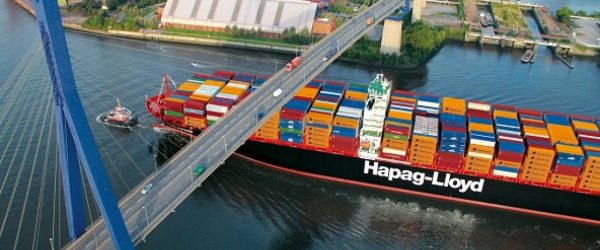
“……westbound flow was recovering at a faster pace showing remarkable records, while eastbound trade stream lagged and couldn’t catch up on with the opposite stream……”
Since most of the European countries were at complete lockdown due to Covid-19, the global trade lines was seemed to be running empty. Later, these countries were re-opened and demand for westbound sea trade skyrocketed resulting an imbalance in westbound and eastbound streams.
As European countries were re-opened, their imports risen as their in-house production were disrupted due to Covid-19 and further due to lockdown procedures causing a swift increment in westbound trade. Due to this swift turnaround in demand trends, westbound flow was recovering at a faster pace showing remarkable records , while eastbound trade stream lagged and couldn’t catch up on with the opposite stream causing the imbalance between eastbound and westbound trade streams which leads to the container scarcity in eastbound. Further, Chinese exports to USA has drastically increased from September due to the Christmas Season and China was trying to maximize their exports before the holiday, National Day of the People’s Republic of China which is on 1st of October.
Due to the Covid-19 pandemic, ship owners reduce the number of their operating vessels to manage their financial status. And also, inland logistics were highly disrupted due to the pandemic which delays the containers to return to the ports after moving to inland destinations. Therefore, empty containers piled up and stranded in European and North American ports, while Chinese and other major Asian ports battled with the scarcity of empty containers as containers were not returned efficiently as they moved out. Container scarcity is mainly on 40’ containers. 20’ and 45’ containers is being used as alternatives which incur additional costs for shippers. This scarcity has generated demand for brand new containers exceeding the production.
Shipping lines has taken several measures to manage the situation and to minimize the adverse impacts. For an instance, Hapbag Lloyd, imposed restrictions for the issuance of empty containers from their warehouses in China. Hapbag-Lloyd issues containers eight days at most prior to the scheduled arrival of the vessel. Hapbag-Lloyd’s experts elaborated this crisis as a “Black Swan event”, where this sudden increment in demand for sea trade following the lowest trade levels in demand occurred due to Covid-19 had taken place within a short period of time.

Nico Hecker, Director Global Container Logistics, has said that the things will really get started to be challenging from third quarter onwards in 2020. And further he emphasized the situation as 600,000TEUs of 40’ containers were empty on ground in early July whereas 350,000TEUs are hardly covering 2 weeks of global export volumes.
